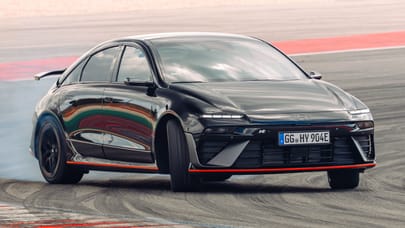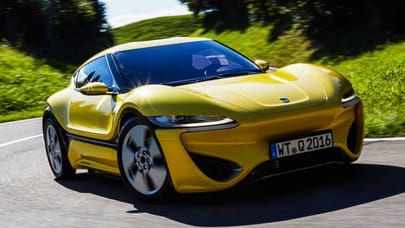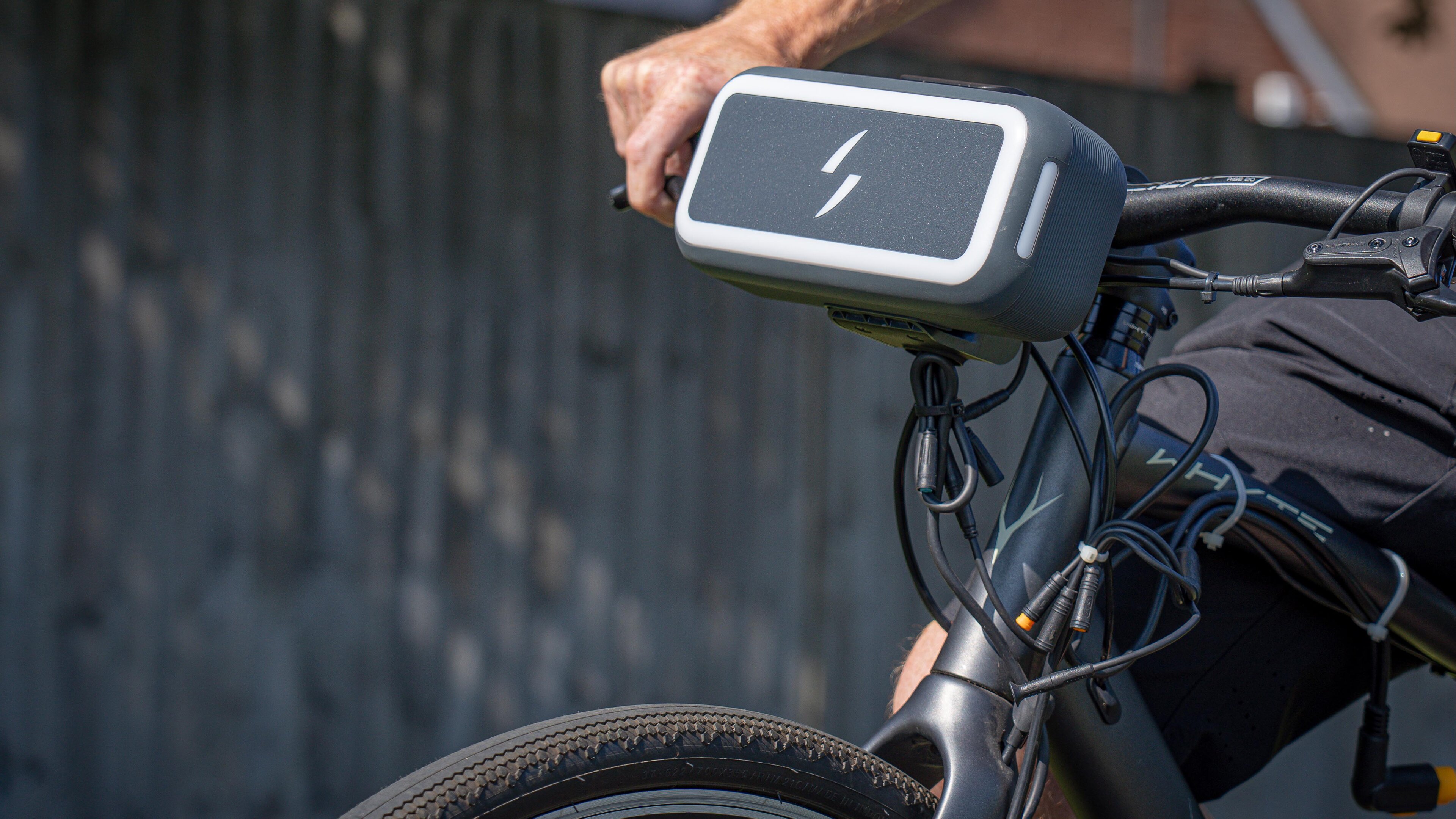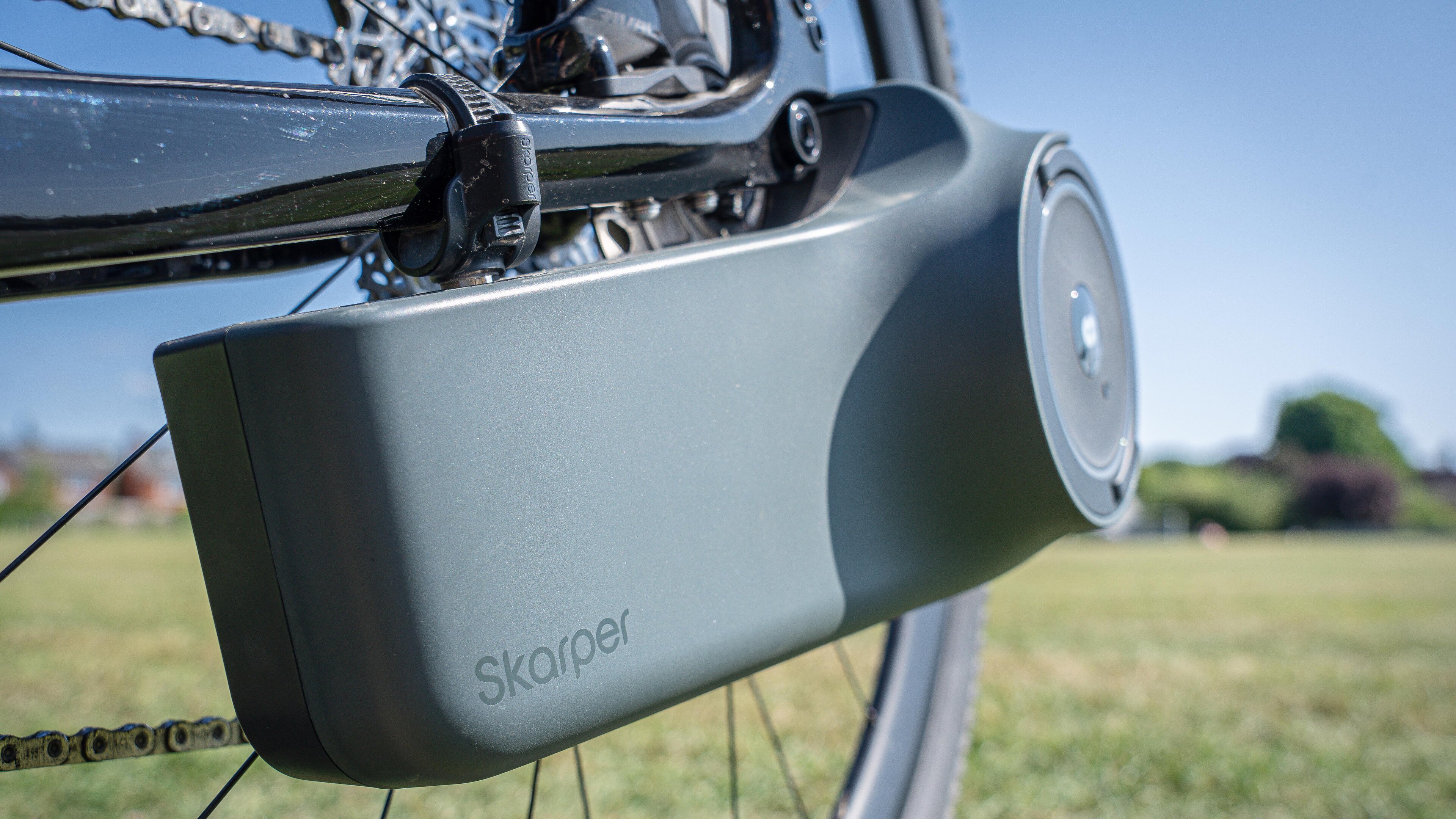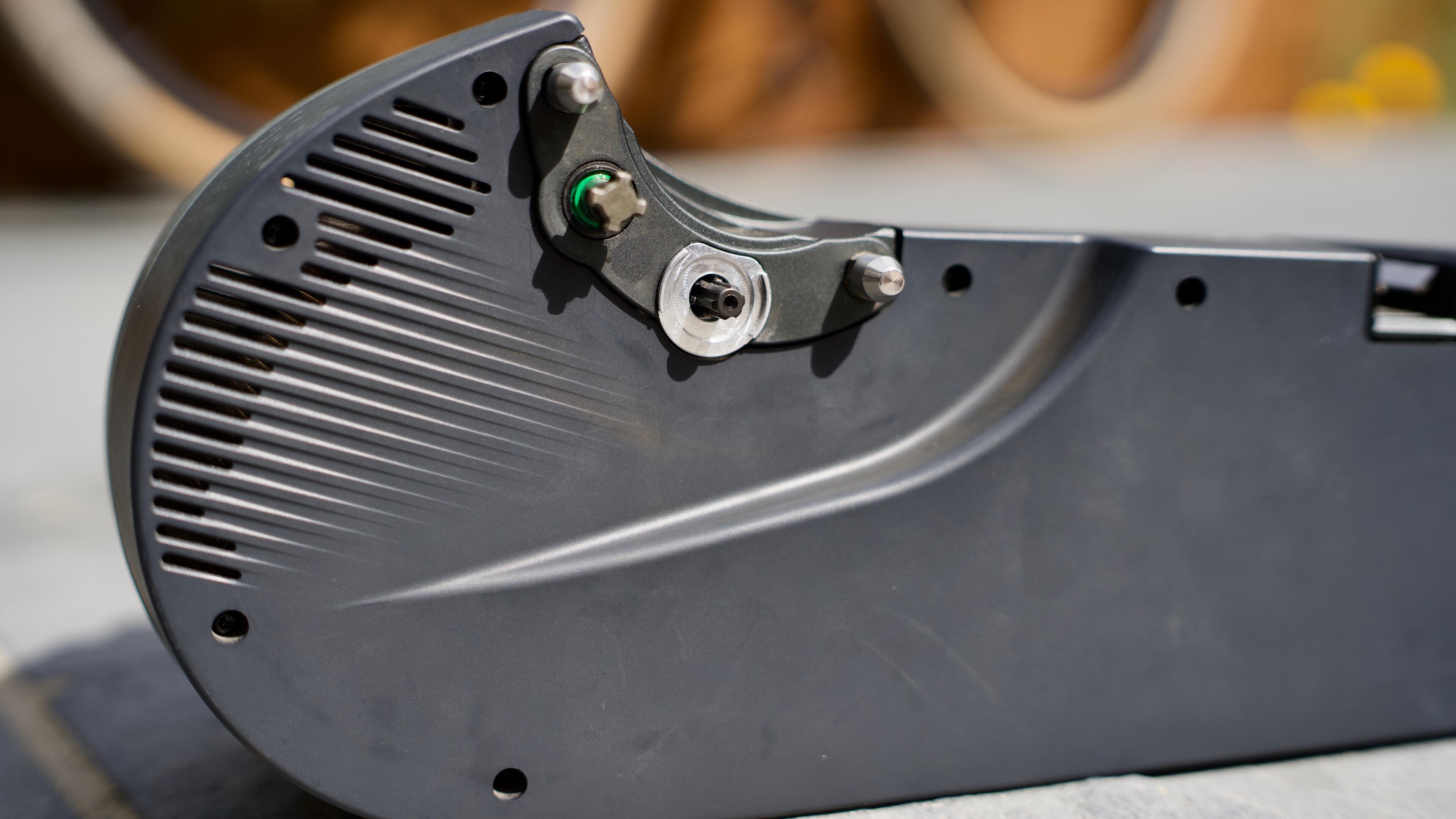
How to turn your push bike into a e-bike: Swytch vs Skarper
Two different systems for giving you a bit of boost - but which is best?
We love a cool piece of technology here at Top Gear. Last year we told you about Skarper, a start-up that Red Bull Advanced Technologies (RBAT) had been involved in. Basically a clip-on device that turns your regular push bike into an e-bike. And now we’ve tested it.
And not alone. A twin test allows products to throw a bit of light and shade on each other, so we’ve also been using a Swytch system.
The Skarper is a beautifully sleek one-box design that clips on and off the back wheel, the box containing both battery and drive motor and the conventional rear disc brake replaced by a trick one with a built in drive hub.
Photography: Luke Marriage
The Swytch is a bit more involved and requires a few wires to run around the place as the drive motor is in the front wheel and the battery is on the handlebars. There’s also a wire running to an optional display and another to the pedal crank so the system knows when you’re pedalling and chips in to help out. On the Skarper, it’s a Bluetooth sensor.
You may well have already deduced that the Skarper is the more premium system. It costs £1,495, where the Swytch is anywhere from £500 to over £1,000. I say ‘anywhere’ because where the Skarper is a one-size-fits-all solution, whereas Swytch gives you options.
There are three different battery sizes for the handlebars (called Max, with built in ‘be seen’ lighting) and another three that fit within the frame (Go), and you need the right front wheel to fit your bike (there’s also a rear wheel option). Quick note: there’s way more wiring on the bike in the pictures than normal, as it’s been set up to run all possible variations of the system. With a bit of effort you can do the installation much more neatly than me.
Now, since you’re reading about bikes on Top Gear let’s make you feel comfortable by talking numbers you’re familiar with. The Skarper box is 4.5kg, and the unique disc brake weighs about 500 grams more than a conventional disc. So a 5kg total penalty.
That disc is the really trick bit by the way, and the reason Skarper needed Red Bull’s materials and engineering expertise. It has to put a lot of torque - 45Nm - through a shaft way thinner than your little finger. It draws power from a 0.24kWh battery.
The Swytch Max+ has a claimed weight of 3.6kg, but that’s taking liberties with conventional front wheel weights. Again, the total penalty is about 5kg, which gets you a 0.275kWh battery and a 250W/40Nm motor.
Top Gear
Newsletter
Thank you for subscribing to our newsletter. Look out for your regular round-up of news, reviews and offers in your inbox.
Get all the latest news, reviews and exclusives, direct to your inbox.
Both systems only assist up to the 15.5mph (25kmh) legal maximum and since they’re essentially hybrids (electric assistance boosting another power source, in this case your legs), range is a bit tricky to calculate. Put it this way: it’s always further than you think it should be. Skarper reckons up to 30 miles, Swytch 30-40 miles. After that you’re on your own – which is fine, you’re just pedalling a bike 5kg heavier than it normally would be.
So here’s what they’re like in use. The Swytch is two wheel drive, with a lot of weight on the front. So it makes your bike heavier to turn, more susceptible to deflections from bumps and potentially less predictable to ride – you’ve never had torque steer on a bike before, have you? It also takes a couple of pedal rotations before the system wakes up and chips in, so it’s not instantly fast away from traffic lights. But on the move it’s super-silent and smooth. And when you park up, you just remove the battery and off you go. Extra wires aside, it’s hard to spot the rest of the kit - the front wheel just looks like it has a large hub.
The Skarper is noisier – there a bit of whine from the gear spline at the back, but otherwise this is the more sophisticated system. It’s quicker to react and assist, and delivers its power more intuitively. It has to really, because where the Swytch has an (admittedly optional) display that allows you to switch between five levels of assistance, the Skarper doesn’t. So once on the move (having selected either Eco, Cruise or Turbo mode) you can’t change it. They’re developing an app now.
Is this an issue? Not hugely as the system features not just a small Bluetooth accelerometer on the pedal arm, but a built-in inclinometer, so it knows if it’s going up hill and contributes more so you don’t break out in a sweat. The only extra control you have is turning it on and off – three pedal rotations backwards does that. The other downside of this clean aesthetic is that you don’t know how much battery you have left.
Other advantages, though? It doesn’t upset the bike’s handling in the same way as the weight is low down, and the system attaches and removes in two seconds. Literally. Just line up the locating pins with the holes in the disc, then close the handle to lock it in. Unlike the Swytch where the only part you can remove for security is the battery, here the only part you leave behind is the rear disc. And no-one’s going to notice that.
Equally, if you want to ride your bike without electric assistance, the Swytch will always weigh a few kilos more and have a few extra cables running around, the Skarper won’t. However, the system is claimed to be compatible with 99 per cent of bikes, while the Skarper only fits to bikes with disc, rather than rim, brakes.
Best news? You can cheat. Where a regular e-bike needs to feel you putting actual pressure through the pedals before it adds boost, these ones only need to feel movement. In other words, you can turn the pedals at slower than road speed and the motor will be foxed and still do the work.
With electric cars there’s this debate around subsidies and offering grants to save a small percentage. Both these kits are eligible for the cycle-to-work scheme. And commuting is the Swytch’s forte. It really is an effective, efficient device that’ll spin you along at 15mph for a couple of hours. And the Max system has a built-in light. It doesn’t light your way adequately, but it does allow you to be seen easily. At the end of your journey just take the battery in to charge it. It also doubles up as a USB charger.
The Swytch fits the commuting role brilliantly. In practice you’ll fit it and probably never remove it. The Skarper is for those who are more into their cycling and want an occasional assist. Got a gravel bike, road bike or tourer or just want the sleekest possible commuter? This is the one to go for.
The Skarper is big money, but it’s one of those beautifully thought-through pieces of kit that’s super satisfying to use, a real talking point and designed with endless attention to detail. Rather than being designed for a role, it’s an alternative to buying a full-on e-bike. Which costs about £1,500 more than its unassisted sibling, and usually looks considerably more ungainly. Here you keep your sleeker-looking existing bike and choose whether you want a helping hand that day or not. That’s right, you can choose to ‘e’ or not to ‘e’.
Scores
Swytch: 8
Skarper: 8








